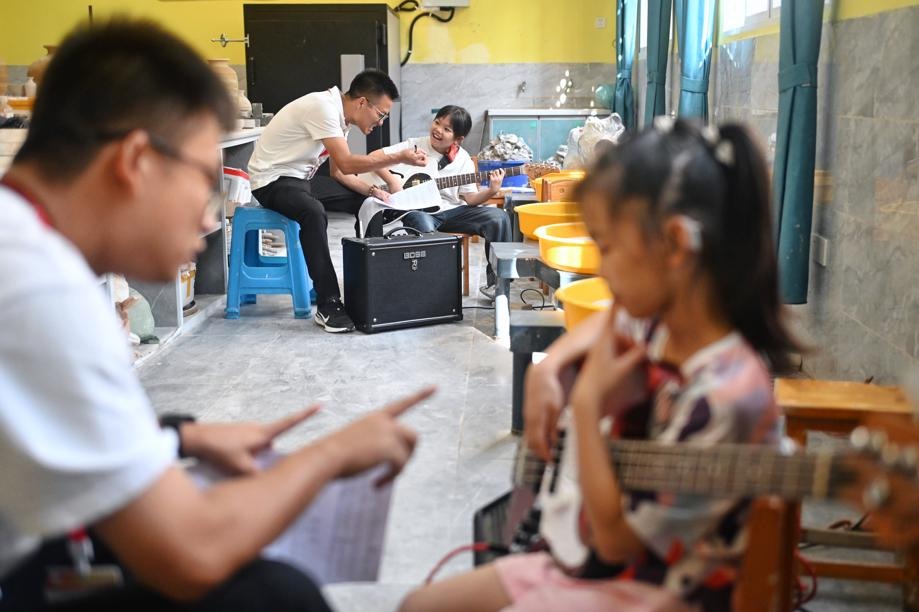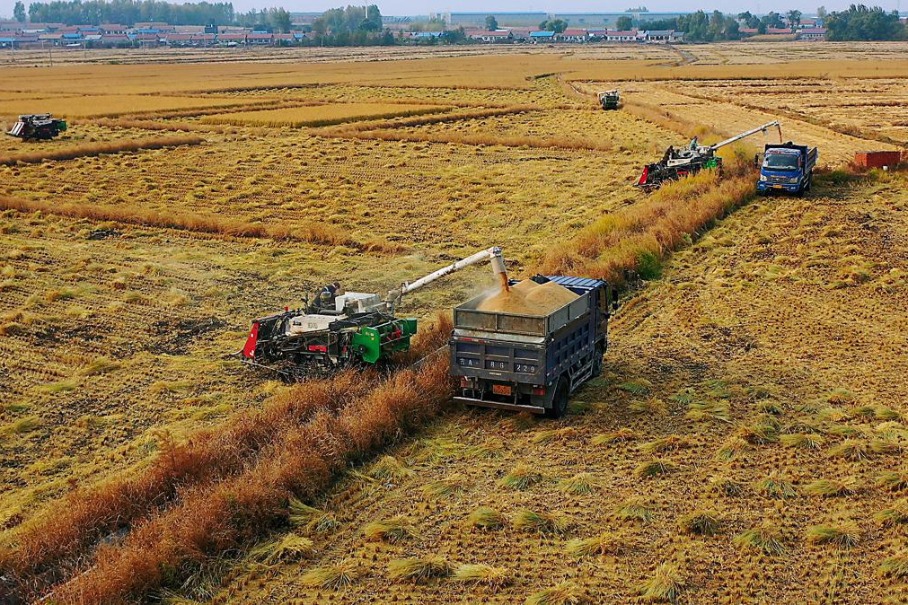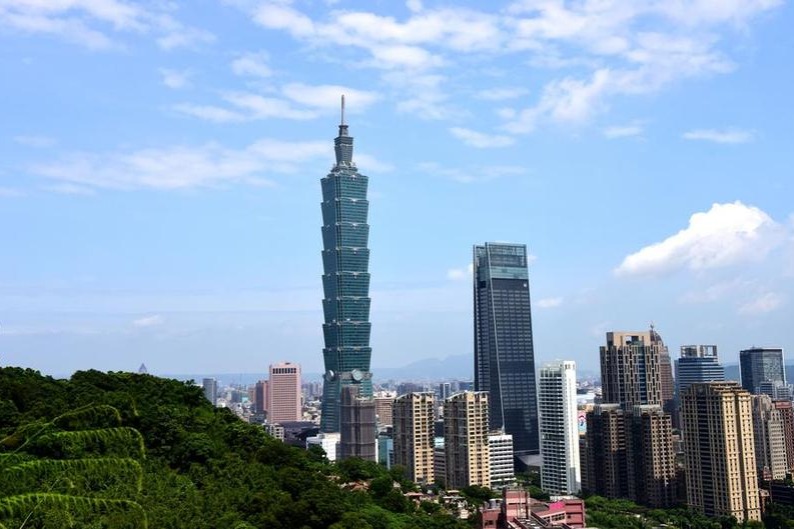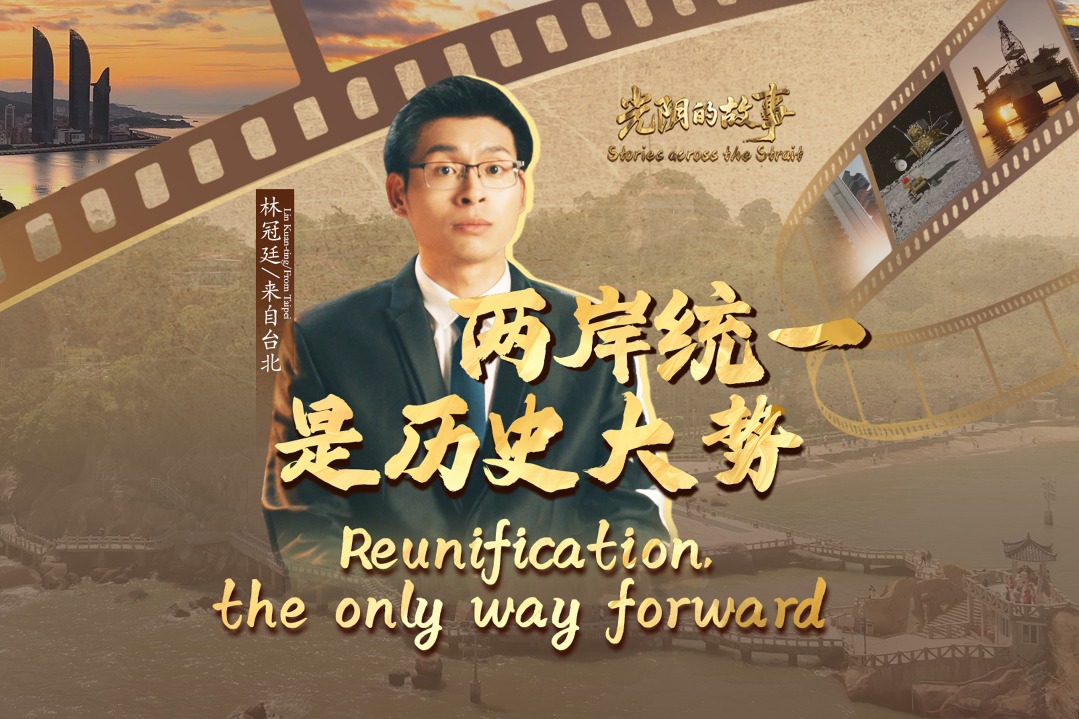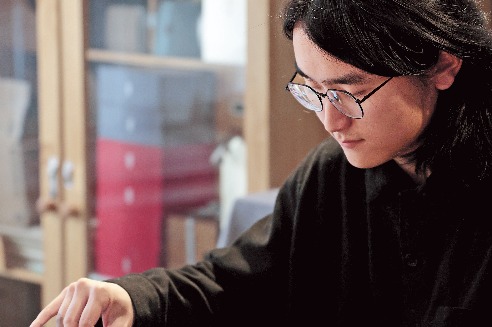Intl vloggers explore Shanxi's well-preserved cultural wonders

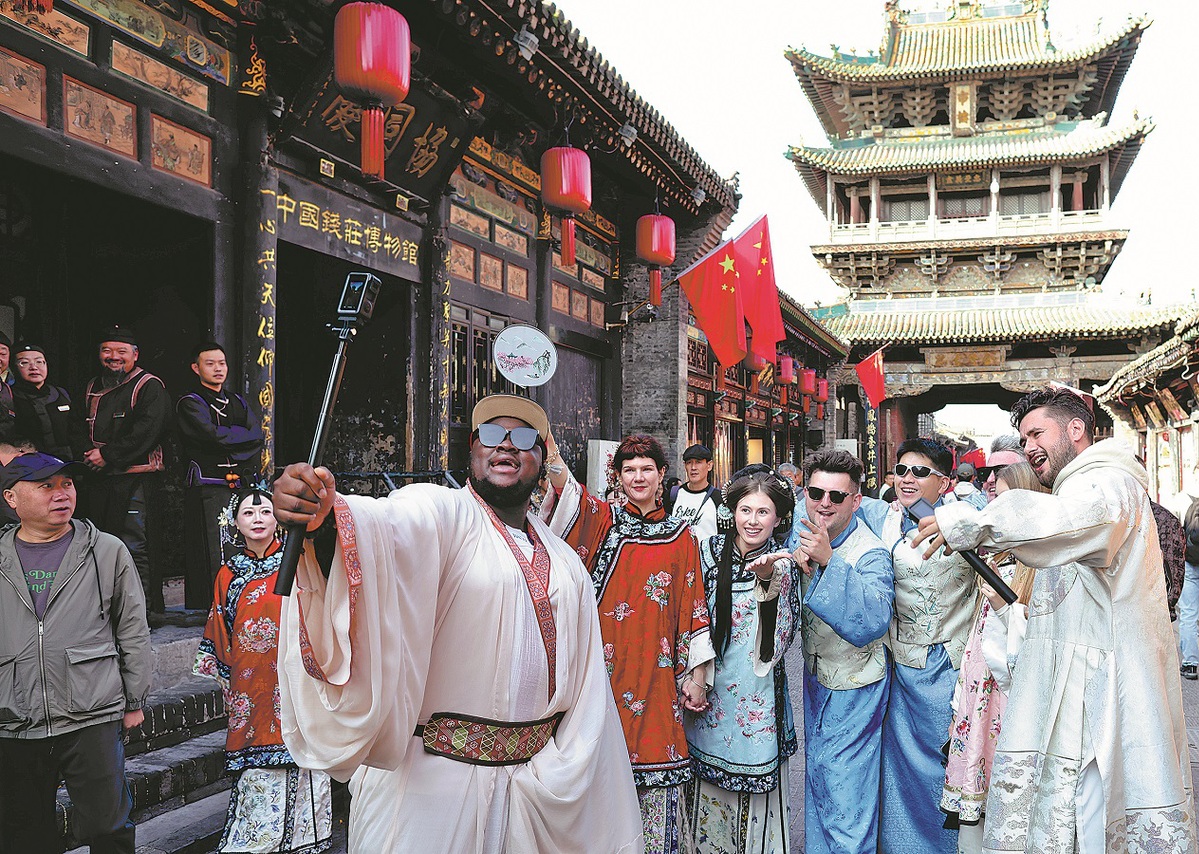
Standing beside the walls of Pingyao Ancient City in Jinzhong, Shanxi province, 31-year-old Nigerian vlogger Oluwabunmi Henry Jimoh could not hide his excitement.
"There is far more than ancient city walls," he said. "The rich history, the warm residents and the streets full of delicious food immediately made me feel at home."
Jimoh was among 10 international vloggers from eight countries, including the United States, the United Kingdom, Russia and France, who joined the "Discovering Shanxi's Ancient Chinese Architecture — Overseas Media and Students Tour". The five-day cultural journey, which began on Tuesday, also included international students based in Shanxi.
Jointly organized by China Daily and Shanxi Daily, the event officially launched in Taiyuan, where participants visited Jinci Temple and the Shanxi Museum, and engaged in an in-depth exploration of the province's cultural heritage.
Established in the 11th century BC, Jinci Temple is China's earliest existing imperial ancestral temple garden. During the visit, Russian vlogger Romanovskaia Anzhelika said, "I've mostly been exposed to architecture from the Ming and Qing dynasties (1368-1911) before, but the ancient architectural complex here is even more historic. It truly impressed me."
On Wednesday, the group arrived at Pingyao Ancient City — a UNESCO World Heritage site — which boasts a history of more than 2,800 years and stands as China's most exceptionally preserved ancient county. More than 400 traditional shops line its streets, reflecting the commercial prosperity of the Ming and Qing dynasties.
As they strolled through the city's gray-brick lanes, the foreign vloggers explored the legacy of ancient commerce.
"The prototype of China's first bank, Rishengchang, was established in Pingyao. It's incredible," said Ukrainian vlogger Karyna Kovalevska. "In recent years, I have visited many historical sites, like the Guandi Temple, the Guanque Tower, and the extremely well-preserved Pingyao Ancient City. The cultural differences between Ukraine and China have filled me with curiosity about these ancient structures."
The visitors also tried their hand at making Pingyao varnished lacquerware, a famous Shanxi art form that is regarded as a national intangible cultural heritage. At a local museum, they followed artisans' guidance in polishing and painting.
Throughout the tour, the foreigners gained a deeper understanding of how technology is empowering cultural preservation and dissemination.
They learned that Shanxi is using tools such as 3D scanning and digital modeling to preserve large numbers of cultural relics. These technologies enable the restoration of damaged artifacts and the creation of digital archives for intact ones.
"As a result, people who are unable to make long-distance journeys to view these relics in person can easily appreciate them," said Joe Burns from the UK. "It is highly beneficial for education, meeting the learning needs of children in schools and also benefiting elderly people who lack the opportunity for on-site visits."
During a discussion on innovative cultural promotion, domestic works such as the video game Black Myth: Wukong and the popular animated film Nobody sparked lively exchanges.
Both works incorporate many elements of Pingyao, presenting the ancient city in a fresh, youthful way.
"I believe games like Black Myth: Wukong will drive a significant surge in inbound tourism to China, which will undoubtedly give a strong boost to the cultural and tourism industries," Burns said. "It really shows how the region is transforming from a province with a heavier industrial focus to one that places greater emphasis on tourism and culture."
As a province rich in cultural heritage, Shanxi offers abundant material for cultural exploration.
"Located in the middle reaches of the Yellow River and west of the Taihang Mountains, Shanxi is a significant birthplace of the Chinese nation and civilization," said Wang Xiaolong, deputy director of the Shanxi Academy of Ancient Building and Painted Sculpture and Fresco Preservation. "Shanxi is truly a treasure trove of ancient Chinese architecture, with more than 28,000 ancient buildings preserved — accounting for 10.6 percent of the national total."
"Among them, there are 421 national key cultural relic protection units of ancient architecture, or 19.5 percent of the nation's total," Wang said. "More importantly, many ancient buildings from earlier eras remain well-preserved and of high cultural value. Wooden structures built before the Yuan Dynasty (1271-1368) make up 82.48 percent of the country's total."
The group will also travel to the cities of Linfen and Yuncheng to conclude the tour.
- Intl vloggers explore Shanxi's well-preserved cultural wonders
- Nation urged to embed nature into frameworks
- Intl cooperation seen as vital to advance global greening
- More mainland ports to offer entry permits on arrival to Taiwan residents
- Bibliography unveiled at Shanghai forum
- Yangtze River Delta at forefront of innovation drive
















